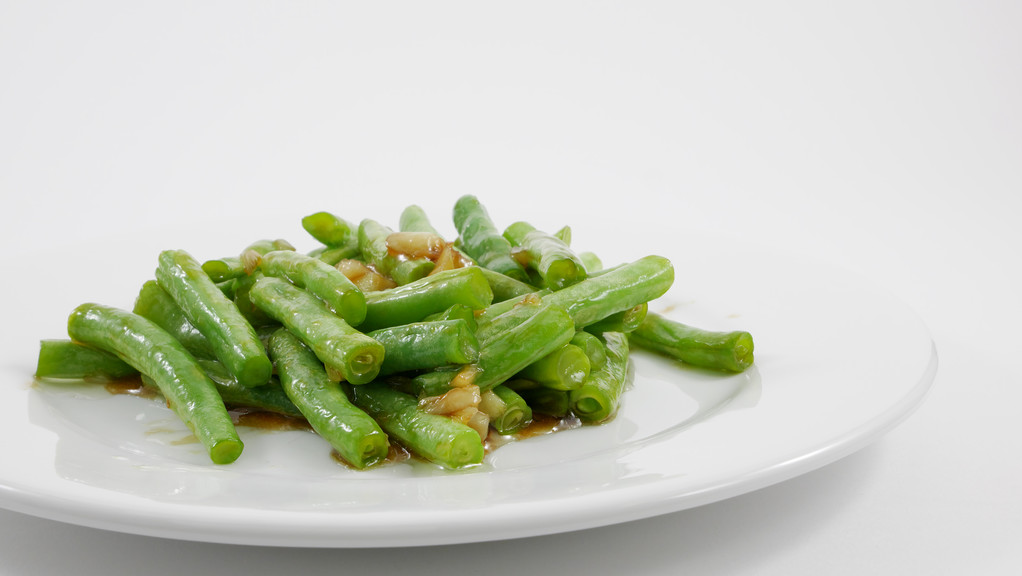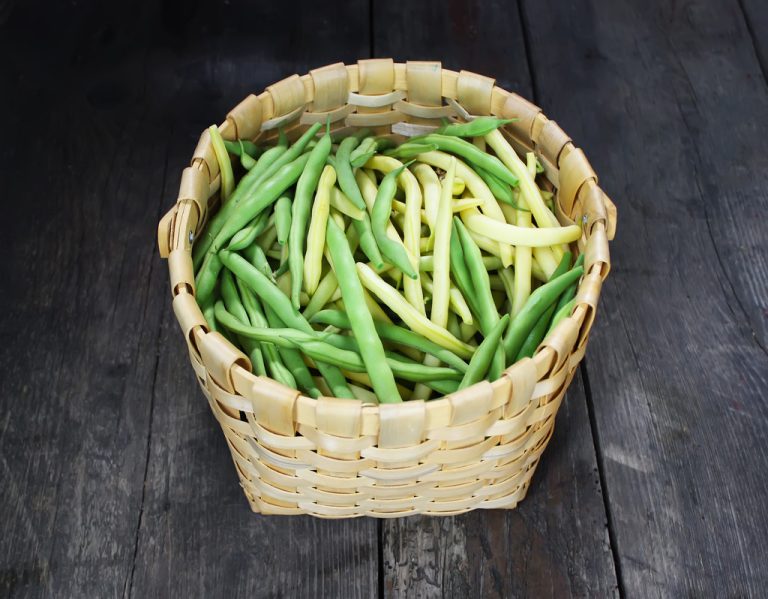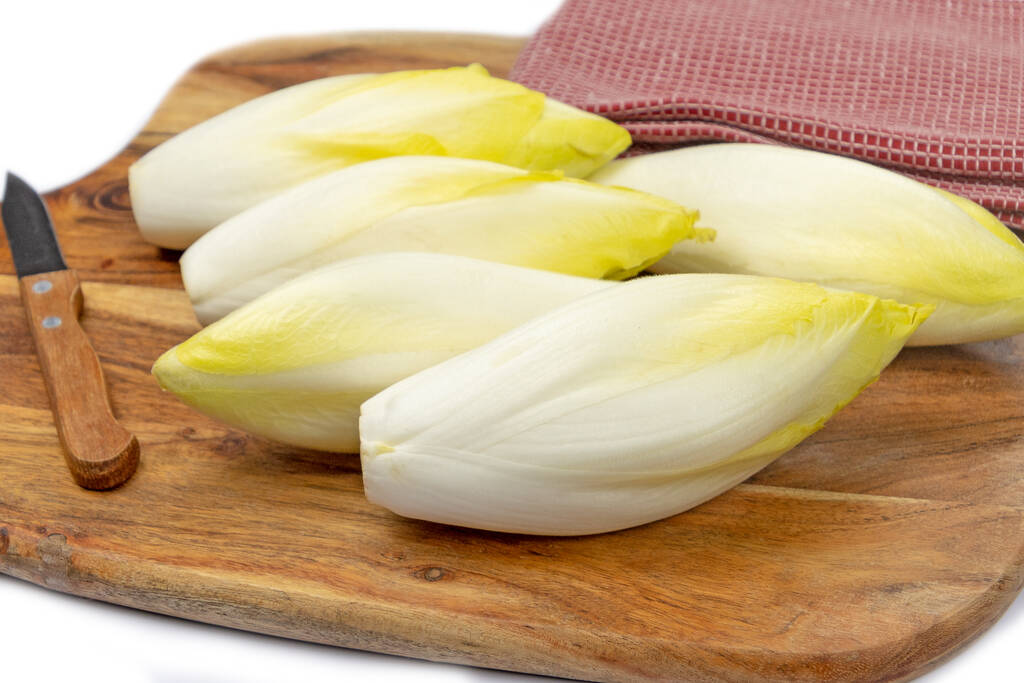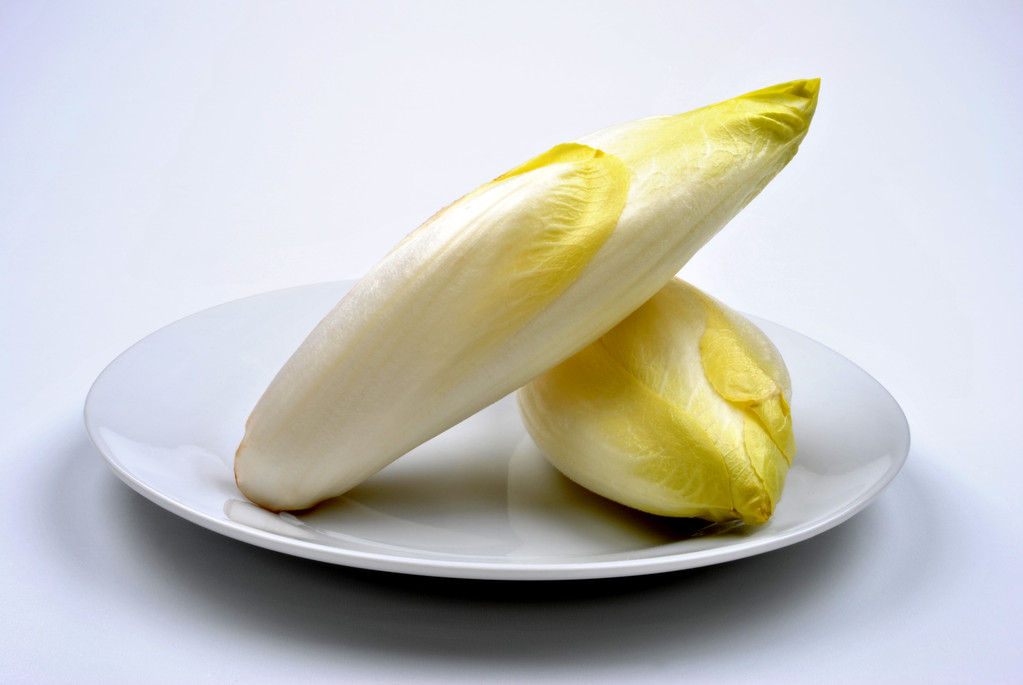Canning beans is a great way to make healthy vegetables last longer. Here we show you how it works and what variants there are.
Whether green, yellow or white – by preserving beans you can preserve them for a long time and also enjoy them outside of the bean season. Depending on your taste, you can boil them salty or sour.
Boil beans with salt
For about three jars of the salty beans you need the following ingredients:
1 kg of beans
20 grams of salt
water
You can easily cook beans in just a few steps:
Clean and wash the beans. Remove the ends and cut the beans to the desired size.
Preheat the oven to 100°C. Meanwhile, bring water and salt to a boil in a saucepan and blanch the beans for 5 minutes.
Then take the beans out of the pot and rinse them with cold water. Boil the bean water again.
Place the quenched beans in previously cleaned mason jars and pour the boiling bean water over them. Close the jars tightly.
Place the glasses in a roasting pan, large pan or casserole dish and fill the respective container with water. It is important: The glasses must not touch the edge of the container!
Now let the beans cook in the oven for two hours and then cool them down under a tea towel.
Boil the beans sour
If salty beans aren’t quite to your liking, you can easily boil them sour with just a few more ingredients. You will need for about three glasses:
1 kg of beans
2 onions
125 ml vinegar
500ml of water
30 grams of sugar
pickled spice
Salt
dill
savory
Preparing sour beans works a little differently than the first recipe:
Wash and trim the beans. remove the ends.
Boil them in salted water until al dente. This takes about 10 to 15 minutes.
Take the beans out of the water, shock them with cold water and fill them into the previously cleaned mason jars.
Add dill and savory and 2 teaspoons of pickling spice.
Peel the onions and cut them into rings.
Bring the water, salt, vinegar, sugar and onions to a boil in a saucepan and let it simmer for a few minutes. Then fill the brew into the mason jars and seal them tightly.
Now place the glasses in a water-filled, oven-safe container as described in the first recipe. The glasses should not touch the edge of the container.
Cook the beans at 100°C for two hours, then take the jars out of the oven and let them cool, covered.












